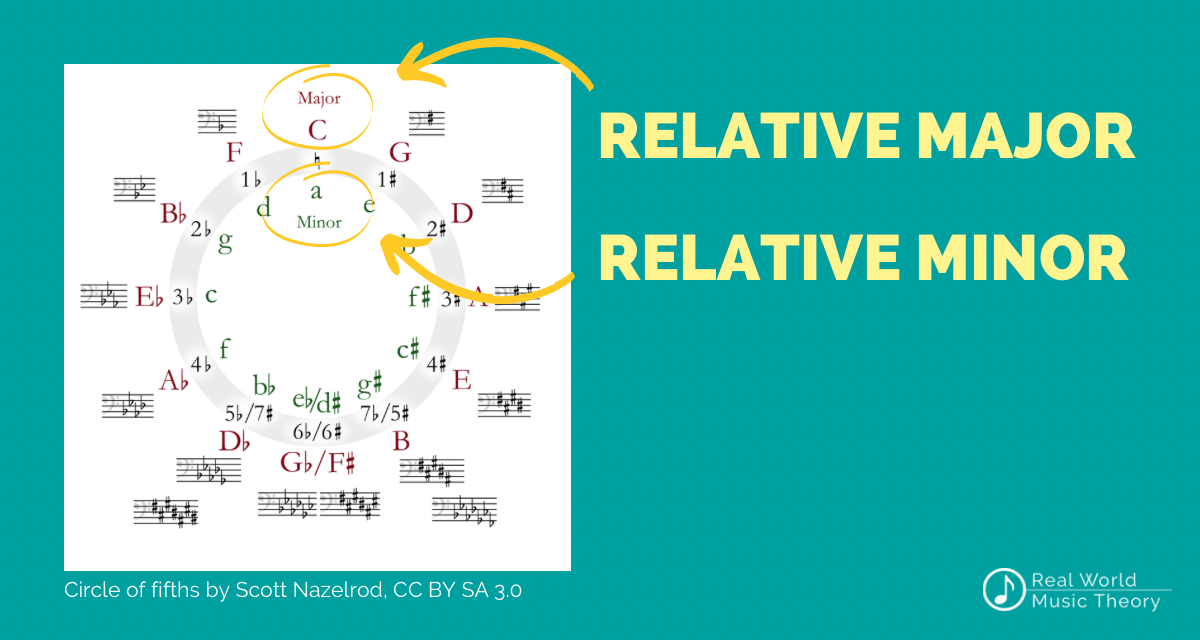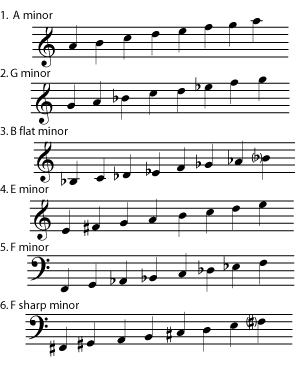


So, the A major scale’s relative minor is the F♯ minor scale. Counting down, A and G are one tone – or two semitones – apart.So, for instance, if two scales share a C♯, F♯ and G♯, they are said to have identical key signatures and, therefore, incidentals. Relative keys are minor and major scales that share the same key signature they have the same sharp, flat and natural notes – these constituent notes are known as “incidentals”. A C major scale’s key signature, on the other hand, has no sharps and flats. Every major and minor scale has a specific key signature, such as “three sharps” or “two flats”.Ī D major scale’s key signature, for instance, has two sharps, while an F minor scale’s key signature has four flats.

What is a key signature?Ī key signature refers to the number of sharps (♯) or flats (♭) in a scale. And if you haven’t internalised it already, you might also want to brush up on how a guitar’s fretboard works. Know how to use relative keys in practiceīefore you begin, it helps to take a glance at our introduction to scales, paying close attention to intervals, and our introduction to key changes.Know how to derive relative keys using a related concept, the Circle of Fifths.Understand how key signatures inform the concept of relative keys.Understand the basics of ‘key signatures’.


 0 kommentar(er)
0 kommentar(er)
